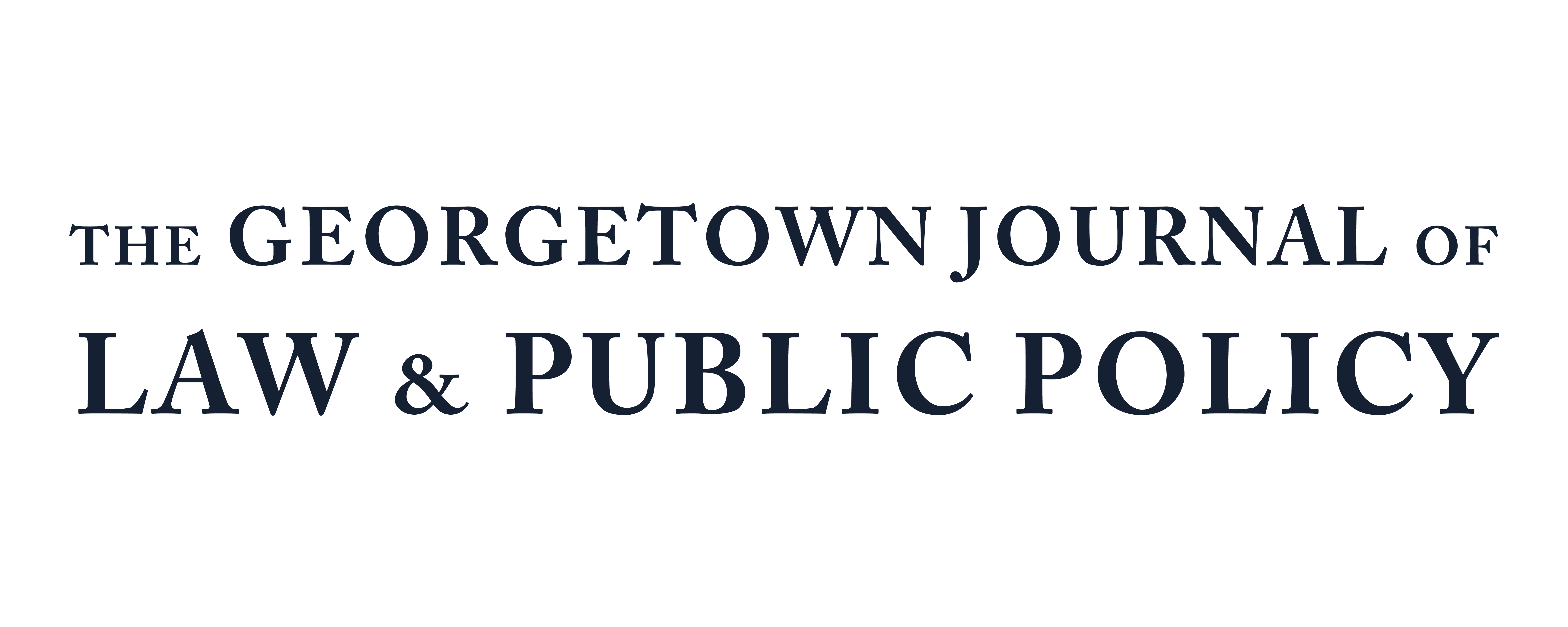Splitting Sovereignty: The Legislative Power and the Constitution’s Federation of Independent States
From the moment the Constitutional Convention of 1787 ended and the Framers presented their plan to “form a more perfect Union,” people have debated what form of government that union established. Had the thirteen separate states surrendered their independence to form a new state stretching from New England to Georgia, or was their individual sovereignty preserved as in the Articles of Confederation? If the states remained sovereign in some respect, what did that mean for the new national government?
I propose that the original Constitution would have been viewed as establishing a federation of independent, sovereign states. The new federation possessed certain limited powers delegated to it by the states, but it lacked a broad power to legislate for the general welfare and the protection of individual rights. This power, termed “the legislative power” by Enlightenment thinkers, was viewed as the essential, identifying power of a sovereign state under the theoretical framework of eighteenth-century political philosophy. The state constitutions adopted prior to the national Constitutional Convention universally gave their governments this broad legislative power rather than enumerate specific areas where the government could legislate. Of the constitutional documents adopted prior to the federal Constitution, only the Articles of Confederation provides such an enumeration.
In this note, I argue that, against the background of political theory and constitutional precedent, a government lacking the full legislative power would not have been viewed as sovereign in its own right. Instead, the government created by the Constitution would have been viewed as a federation, deriving its powers from the delegations of its constituent states. Through such delegations, the states preserved their sovereignty while gaining the advantages of a larger union.

